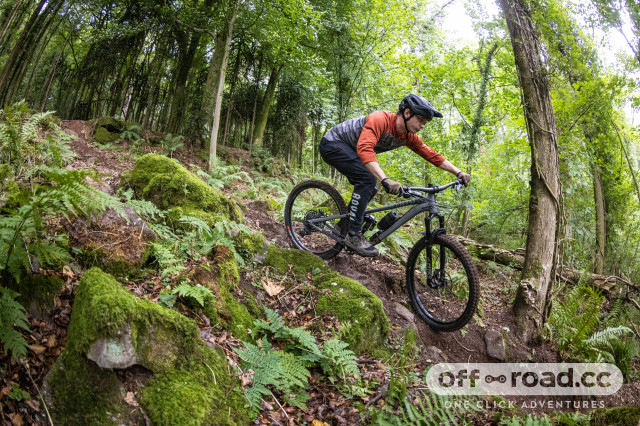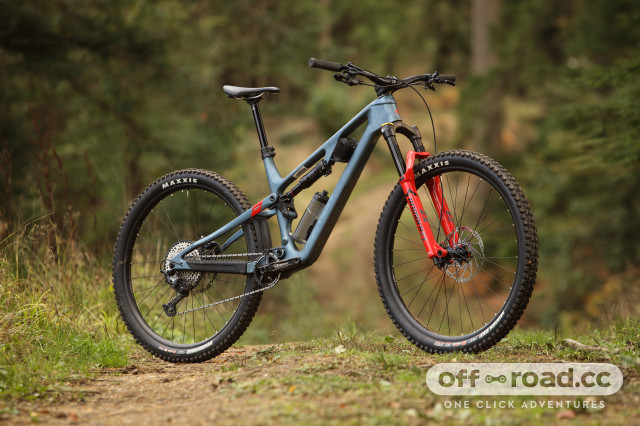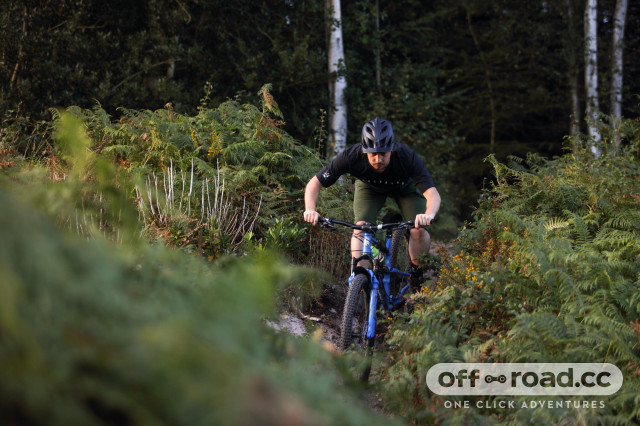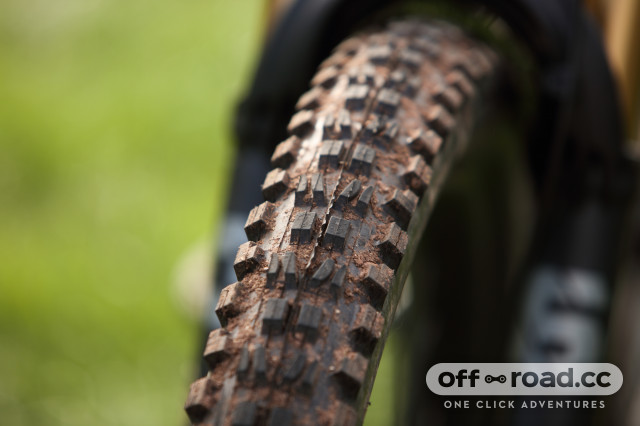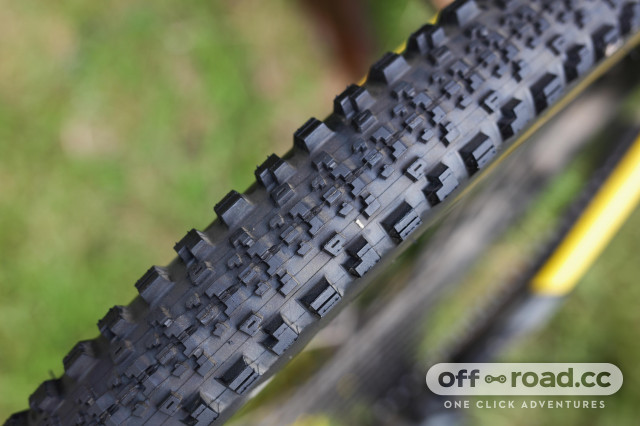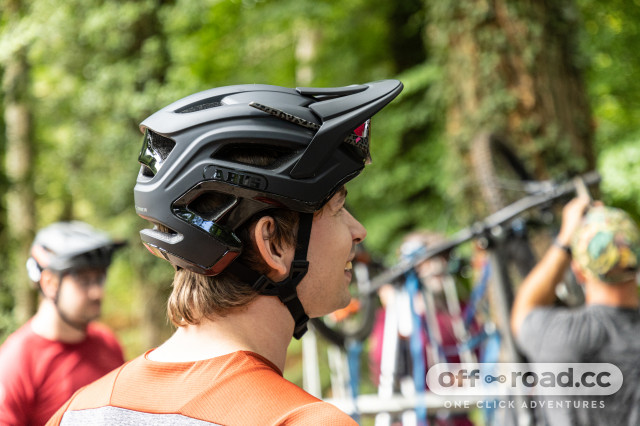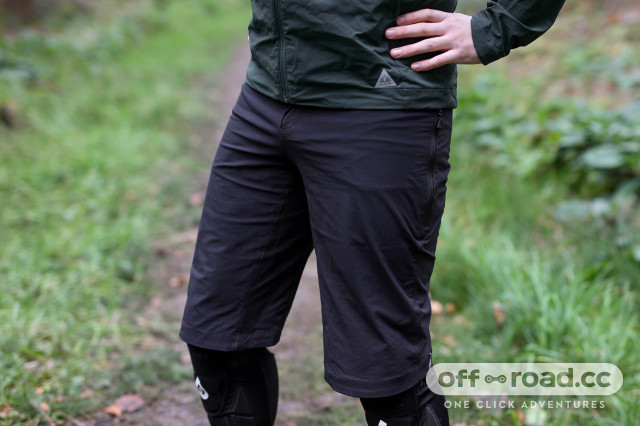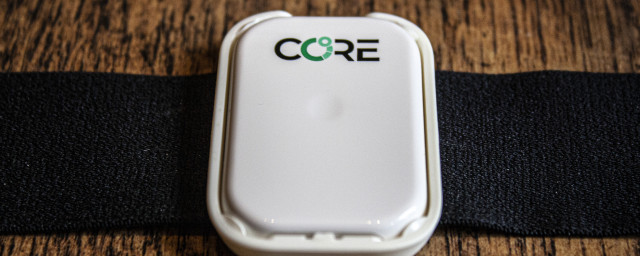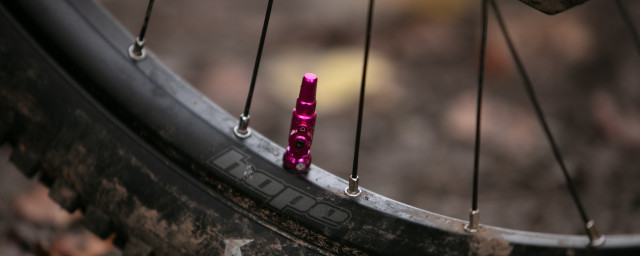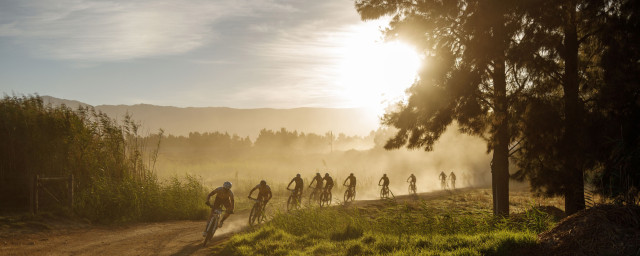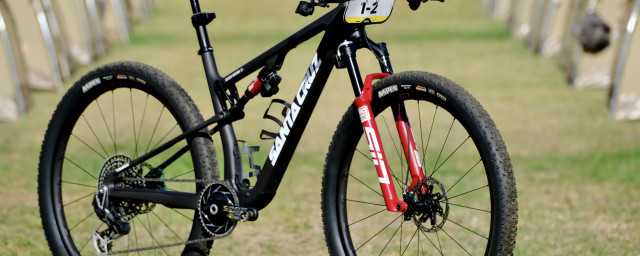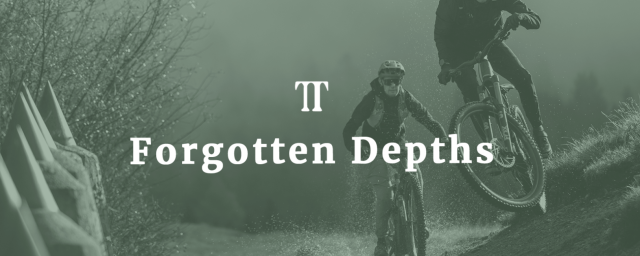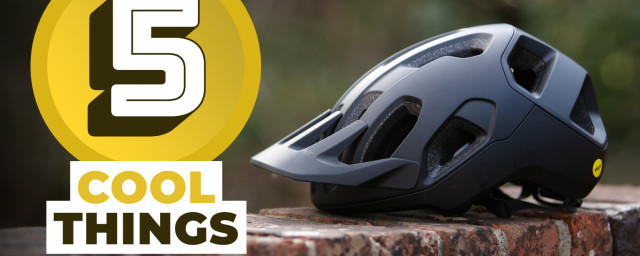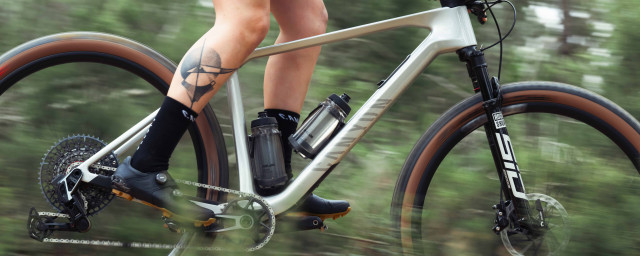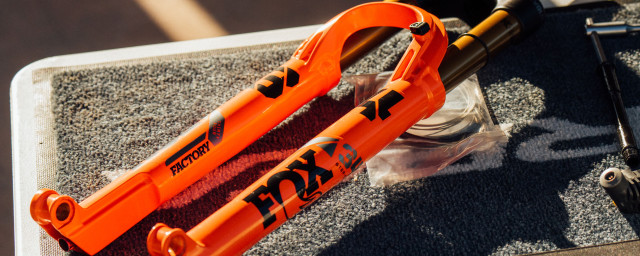Trail mountain biking - everything you need to know
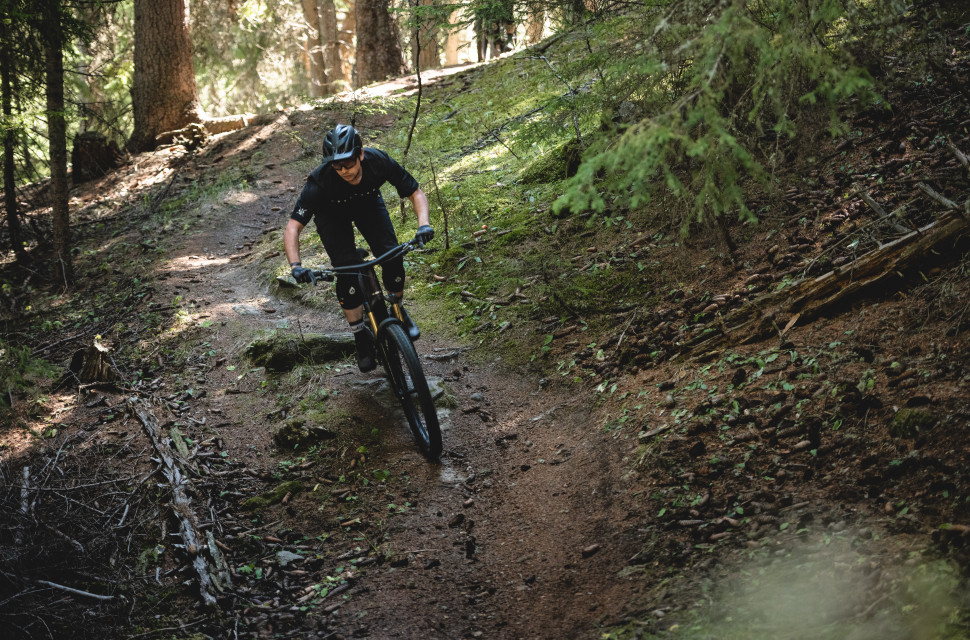
When new riders think of mountain biking, they don’t imagine climbing steep gradients at a 180bpm heart rate or sending a road gap on a downhill bike. The generic mountain biking image that shapes their imagination is trail riding.
- Best MTB grips 2023 - options to improve your comfort and handling
- Best mountain bike pedals - the best options from XC to Enduro
- Best mountain bikes for under £1000 in 2023 - top-rated budget mountain bikes
But what is trail riding, really? It’s what most mountain bike rides with mates should be. Conserving energy on the climbs and enjoying mildly technical singletrack descents.
'Trails’ is a broad term for a specific mountain biking location. But fundamentally, it refers to singletrack trails. When you speak of a trail centre or venue, you are referring to the singletrack trails that anchor it, but might only constitute a small percentage of the actual venue. Or riding location.
Remember that mountain biking started on fire roads in northern California, before venturing onto mild gradient hiking and walking trails as riders gained confidence. That evolution has been the anchor for mountain biking ever since.
At heart, all mountain bikers are trail riders. Nobody dislikes riding a flowing singletrack descent. ‘But how do I distinguish trail riding from cross-country, enduro and downhill mountain biking? If they all use trails?’ That is a valid question.
A trail ride is never extreme in its climbing profile, rider exertion, or descending singletrack. Trail riding is the broad church of mountain biking, where all riders are at ease and have a great time. If you feel anxious about approaching a climb with15 per cent gradient, or feel vertigo looking beyond the drop-in to a very steep and technical trail, you aren’t on a trail ride.
What is a trail mountain bike?
The market and segmentation for mountain bikes are very diverse. But when in doubt, experienced mountain bikers always offer the same advice: just buy a trail bike.
When most mountain bikes were still rolling 26-inch wheels, trail bikes were classified as having 120-140mm of travel. That categorisation has remained valid, even with nearly all trail bikes now being 29ers (coming with 29in wheels).
The advances in geometry, filtered down to trail bikes from enduro category riders and product developers, have created an awesomely capable class of trail mountain bike. If you don’t want to ride a trail bike with 130 or 140mm of rear-wheel suspension travel, you can opt for a downcountry bike. These dual-suspension mountain bikes are at the lowest spectrum of what would be graded as a trail bike – with 120mm of frame travel but they can be built with 130 or 140mm forks.
Downcountry bikes are light and feel very agile on the trail. But they possess the progressive geometry of longer travel trail and enduro bikes. This makes them confident and stable at high speed over loose terrain, and when navigating steep descents.
Although some trail bikes have adequate clearance to run a coil shock, these can be deemed as overkill for some riders. While some trail bikes feature suspension platforms that are tuned to accept coil shocks, many kinematics work best with an air shock, and any air shock with a piggy-back reservoir and ample adjustability will help you confidently track that favourite trail surface.
All trail bikes should have a dropper seat post, and no trail bike should be running a handlebar narrower than 750mm.
What tyres are best for trail riding?
Your tyre's contact patch offers many opportunities to upgrade and influence bike behaviour. Trail bikes shouldn’t venture into extreme rock gardens or huck-to-flat off big drops. That means you don’t need extreme mountain bike tyres with all the casing reinforcement, which often edges weight way beyond 1000g.
Trail bike tyres should have a mid-tier casing reinforcement but remain light enough to offer reasonable acceleration out of corners.
Tread patterns and tread block size? Trail bikes offer an excellent opportunity for fun with front/rear tyre combinations. You can be pretty liberal with your rear tyre choice, opting for a cross-country tyre with very low rolling resistance and small-to-medium tread blocks.
At the front, a rear enduro tyre could work great. It will offer larger tread blocks, but nothing too extreme and draggy when pedalling along. It might sound counterintuitive, but enduro-specification rear tyres make appropriate trail-riding front tyres.
Many mountain bike tyre brands now offer ‘trail casings’ and ‘trail wide’ versions of their tyres. These are great intermediate weight and casing tyres, ideal for trail riding – hence the marketing association. When in doubt, any tyre with the ‘trail’ epithet is a good choice between low weight and robustness.
Maxxis has ‘trail wide’ specification cross-country tyres ranging from 2.4in, and up to 2.8in wide. These tyres offer a good midpoint between low rolling resistance and a confident cornering grip. If you are more concerned about specific rubber compound and casing characteristics, Schwalbe markets a ‘trail’ version of many tyres in its product portfolio.
What to wear for trail mountain biking
Comfort is everything on a trail ride. Loose, breathable, casual riding attire with zipped pockets is what you want for trail riding.
Trail riding helmets feature extended coverage, towards the base of the skull, as opposed to pure cross-country helmets, with their minimalist design. A trail helmet will also feature an adjustable peak, to help manage glare during those early morning or late afternoon rides. Especially when descending in a valley, silhouetted by a ridgeline.
Bibs aren’t fashionable for a trail ride, but baggies are. Similar to trail riding jerseys and tees, which are loose-fitting, baggies should be tapered and tailored with adjustable waistbands, allowing you to choose the final fit. However, many riders opt to wear bibs, or chamois shorts underneath their baggies to aid moisture wicking and improve comfort.
And all trail riding tees, jerseys and baggies, should feature zipped pockets. It’s always worth the investment to pay more for a trail riding garment with a zipped pocket to stow snacks, tools or car and house keys. Not to mention the phone.
Shoes? On a trail ride, you should not be doing any hike-a-bike exploring. That means you can ride in a reasonably stiff shoe to optimise power transfer on the climbs. Although some trail rides might feature rock gardens, most trail riding singletracks should constitute smooth descents, where a stiff shoe won’t punish you with terrain-induced fatigue through the pedals.
